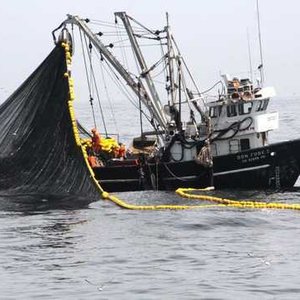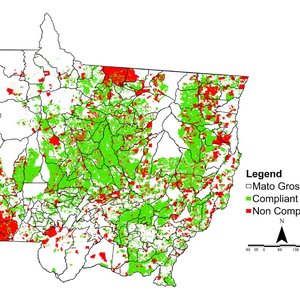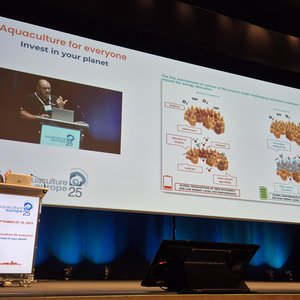AB Vista and AB Agri performed two studies to evaluate the effect of phytase supplementation on the overall performance and nutrient retention efficiency of rainbow trout (Oncorhynchus mykiss) fed low-phosphorus (P) plant-based diets at water temperatures of 11 °C and 15 °C.
In the first experiment (11°C), trout (average weight 56g) were allocated to one of four dietary treatments, with three replicate 200L tanks per diet and 35 fish per tank. In the second experiment (15°C), trout (average weight 42g) were allocated to one of three dietary treatments, with three replicate 200L tanks per diet and 34 fish per tank. Diets were fed to satiation over a 75 - 83 day period for experiment 1 and 2, respectively. Treatments included a low-P diet (NC), with no added monocalcium phosphate (MCP), supplemented with 0, 500 or 2500 FTU/kg phytase (AB Vista, Quantum Blue). Experiment 1 also included a diet adequate in P (PC) with 1.8% MCP inclusion.
In both experiments, feeding phytase linearly increased weight gain of fish fed NC diets. Feeding phytase at 2500 FTU/kg improved weight gain of fish exposed to water temperatures of 11°C and 15°C by 36% and 45%, respectively, compared to the respective NC.
Researchers found that feed conversion ratio (FCR) was also improved by 14% with phytase supplementation at 15°C. At water temperatures of 11°C, supplementing phytase to the NC diet improved N retention beyond that of the non-supplemented NC and PC diets. Furthermore, 2500 FTU/kg phytase increased P digestibility by 56 and 27 percentage points, and P retention by around 29 and 17 percentage points, compared to the NC and PC, respectively.
Consequently, supplementing 2500 FTU/kg phytase reduced N and P excretion by 13% and 55%, respectively, compared to the PC. At 15°C, addition of phytase to the low-P diet increased N and P retention in trout by approximately 4 and 24 percentage points, respectively. Supplementing phytase to the low-P diet reduced N and P excretion in trout, with addition of 2500 FTU/kg lowering excretion of these nutrients by 19% and 42%, respectively.
Researchers said that these findings demonstrate the efficacy of an enhanced Escherichia coli phytase, even at low water temperatures, to support performance of trout fed low-P diets, while enhancing P and protein utilization and lessening environmental pollution.
Read full study here.











